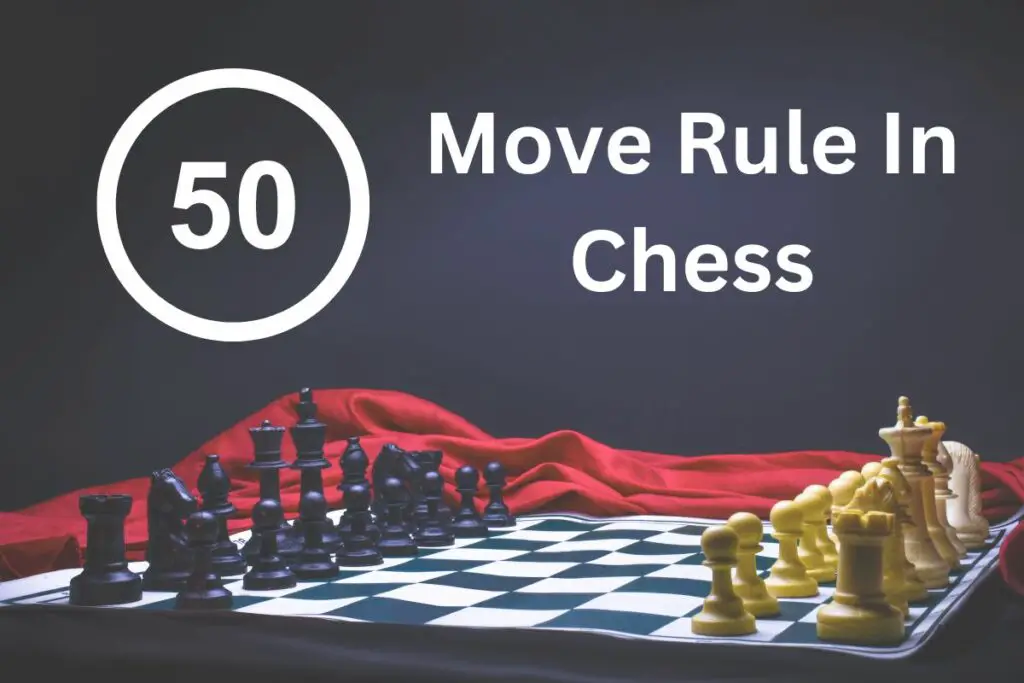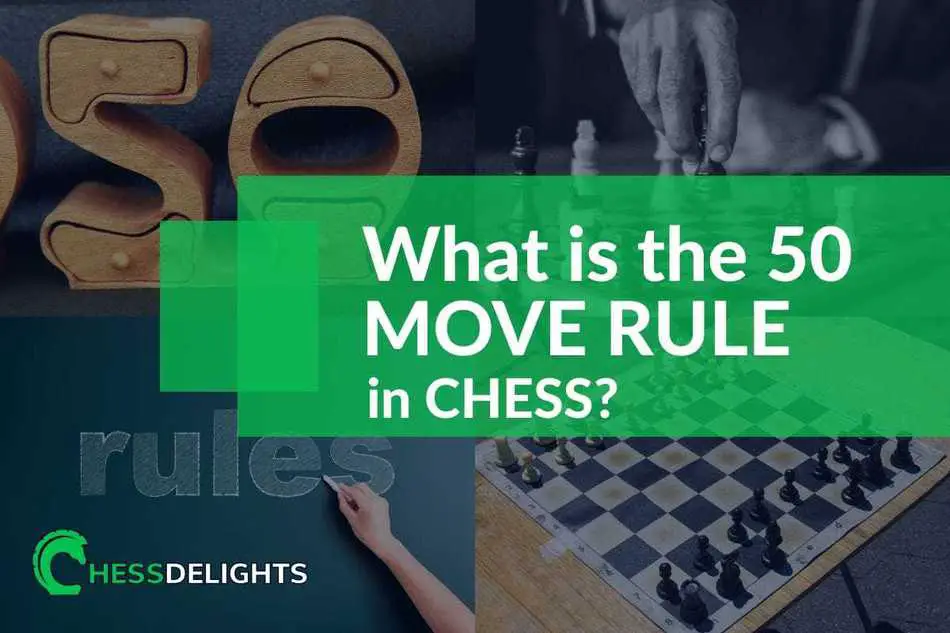Have you ever witnessed a chess player hovering their hand over the board, seemingly paralyzed by indecision? The "touch move" rule, a cornerstone of competitive chess, ensures decisive action, preventing endless contemplation and upholding the integrity of the game.
This seemingly simple regulation dictates that if a player intentionally touches one of their own pieces during their turn, they must move that piece, provided a legal move exists. Similarly, touching an opponent's piece compels the player to capture it, if a capture is possible. This fundamental principle, ingrained in chess culture worldwide, demands precision and foresight. It elevates the game beyond mere piece manipulation, forcing players to meticulously analyze the board state before committing to any physical interaction. The rule comes with nuances, of course. Players are permitted to adjust a piece on its square without being forced to move it, but they must clearly announce their intention by saying "adjust" (or "j'adoube" in French) before touching the piece.
| Category | Information |
|---|---|
| Name | The Touch Move Rule |
| Description | A fundamental rule in chess requiring a player to move or capture a piece they touch, if a legal move exists. |
| Purpose | To ensure fair play, prevent frivolous touching of pieces, and encourage careful consideration of moves. |
| Application | Universally applied in formal chess tournaments and generally followed in casual play. |
| Exceptions | A player may adjust a piece on its square by announcing "adjust" or "j'adoube" beforehand. |
| Related Rules | Rules regarding illegal moves, draw conditions (50-move rule, 75-move rule). |
| Further Information | FIDE (International Chess Federation) Official Website |
The touch move rule serves several critical functions. It compels players to fully commit to a move after touching a piece, thus preventing them from changing their minds based on further observation or opponent reactions. This fosters a sense of responsibility and accountability, discouraging impulsive actions and promoting deeper strategic thought. Without this rule, a player could theoretically touch multiple pieces, assessing the potential of each before ultimately deciding on the "best" move. Such a practice would undermine the game's integrity and introduce an element of unfair advantage.
The touch move rule also sharpens a player's visualization skills. It necessitates the ability to mentally simulate moves and anticipate their consequences before physically interacting with the pieces. Players who can effectively "see" the board in their mind's eye, calculating variations and evaluating positional changes, gain a significant edge. National Master Evan Rabin, when asked if he has ever played against someone who frequently touches several pieces before making a move, would likely respond that such behavior is unacceptable in serious play, highlighting the importance of adhering to the touch move principle. It's about respecting the game, respecting the opponent, and respecting the rules.
However, the touch move rule isn't the only regulation that shapes the flow and outcome of a chess game. The "50-move rule" and its stricter cousin, the "75-move rule," play a crucial role in preventing games from dragging on indefinitely in drawn positions. These rules stipulate that a draw can be claimed (or is automatically declared in the case of the 75-move rule) if a certain number of consecutive moves (50 or 75, respectively) have been completed by each player without any pawn movement or piece capture. The historical evolution of these rules is interesting; at various points in chess history, different move counts were required, including 24, 60, and 70. The modern 50 and 75 move rules serve the purpose of preventing a player from endlessly shuffling pieces in a hopeless position simply to avoid defeat. Without these rules, a game could theoretically continue for hundreds or even thousands of moves, resulting in a stalemate of attrition rather than a decisive victory or strategic draw.
The interplay between the touch move rule and the draw rules creates a dynamic tension in chess. A player, bound by the touch move principle, might be forced to make a move that inadvertently weakens their position, potentially leading to a draw under the 50 or 75-move rule. Conversely, a player seeking a draw might intentionally avoid pawn moves or captures, knowing that this will eventually trigger the draw condition. This strategic dimension adds another layer of complexity to the game, requiring players to carefully balance their immediate tactical objectives with their long-term positional goals. The reason behind the existence of the 50-move and 75-move rules is straightforward: to provide a mechanism for ending games that have reached a point of irreversible stagnation. It's impossible for either player to make progress in such situations, and forcing them to continue playing serves no purpose.
Consider the scenario where a player castles illegally. To rectify the situation and adhere to the rules, they are typically required to move the king to a legal square, potentially undoing their intended plan. This exemplifies the binding nature of the touch move rule; once a piece is touched, the player is committed to moving it, even if it means sacrificing a previously conceived strategy. The pawn, the most numerous piece on the board, has its own set of movement rules. It can advance one square forward to an unoccupied square on the same file. On its initial move, a pawn can optionally advance two squares along the same file, provided both squares are unoccupied. Furthermore, a pawn can capture an opponent's piece diagonally forward. These seemingly simple movements, when combined with the touch move rule, create a vast array of tactical and strategic possibilities.
The touch move rule is so deeply ingrained in chess culture that even casual players are generally aware of its existence. It's considered good etiquette, even outside of formal tournaments, to announce "adjust" before repositioning a piece. Because it is generally a polite rule (both inside and outside official tournaments) to move any piece that you touch, players usually say "adjust" when they want to reposition a piece to the center of a square. This highlights the rule's broader influence, shaping player behavior and promoting a sense of fair play even in informal settings. There are, of course, situations where the application of the touch move rule can be contentious. If a player touches a piece inadvertently or without the intention of moving it, a judgment call may be required to determine whether the rule should be strictly enforced. Such situations often arise in fast-paced games, where split-second decisions are made under pressure.
The touch move rule is important to chess because it is guarantees that players have to use their visualization skills while playing a game. This isn't just about memorizing openings or calculating checkmates; it's about deeply understanding the implications of each move and anticipating the opponent's responses. It is important in high-stakes tournaments, where prize money and prestige are on the line. Usually in cases where a draw was as good as a lost for both players, i.e., a win would secure prize money, a draw would win no prize money. In these competitive environments, the touch move rule ensures that players are held accountable for their actions, promoting a level playing field and preventing unfair advantages. The touch move rule applies everywhere, and because of this rule, chess players around the world understand the importance of careful calculation and precise execution. It's a rule that transcends language and culture, uniting chess players in a shared understanding of the game's fundamental principles.
Consider this scenario: Select a condition, and what to do with the message based on the condition. For example, to move messages with a certain title to a specific folder, select the subject contains condition, select move the item to folder, select or create a new folder, and then select ok. This highlights the importance of clarity and precision in communication, especially in the context of chess rules. A similar level of clarity is required when interpreting and applying the touch move rule, particularly in ambiguous situations. The touch move rule comes to play when both conditions are met: If there hasn't been any capture in the last 50 moves and a pawn (or any piece) has not been moved within that duration.
The early history of the 50 move rule in chess, chaturanga and origins is fascinating, revealing the gradual evolution of the game's rules over centuries. A similar rule allowed a draw if seventy moves passed without a pawn or capture, reflecting the ongoing effort to refine the game and prevent endless, unproductive play. The modern touch move rule, coupled with the 50 and 75-move draw rules, represents a culmination of this historical process, providing a framework for fair and engaging chess competition. Others believe that the touch move rule is an essential component of the game and as such, they prefer it to remain unchanged, because thus, it will abruptly end the game if necessary. The pawn may move forward to the unoccupied square immediately in front of it on the same file. On its first move the pawn may move as in 3.7.a or alternatively it may advance two squares along the same file provided both squares are unoccupied. The pawn may move to a square occupied by an opponent's piece.


